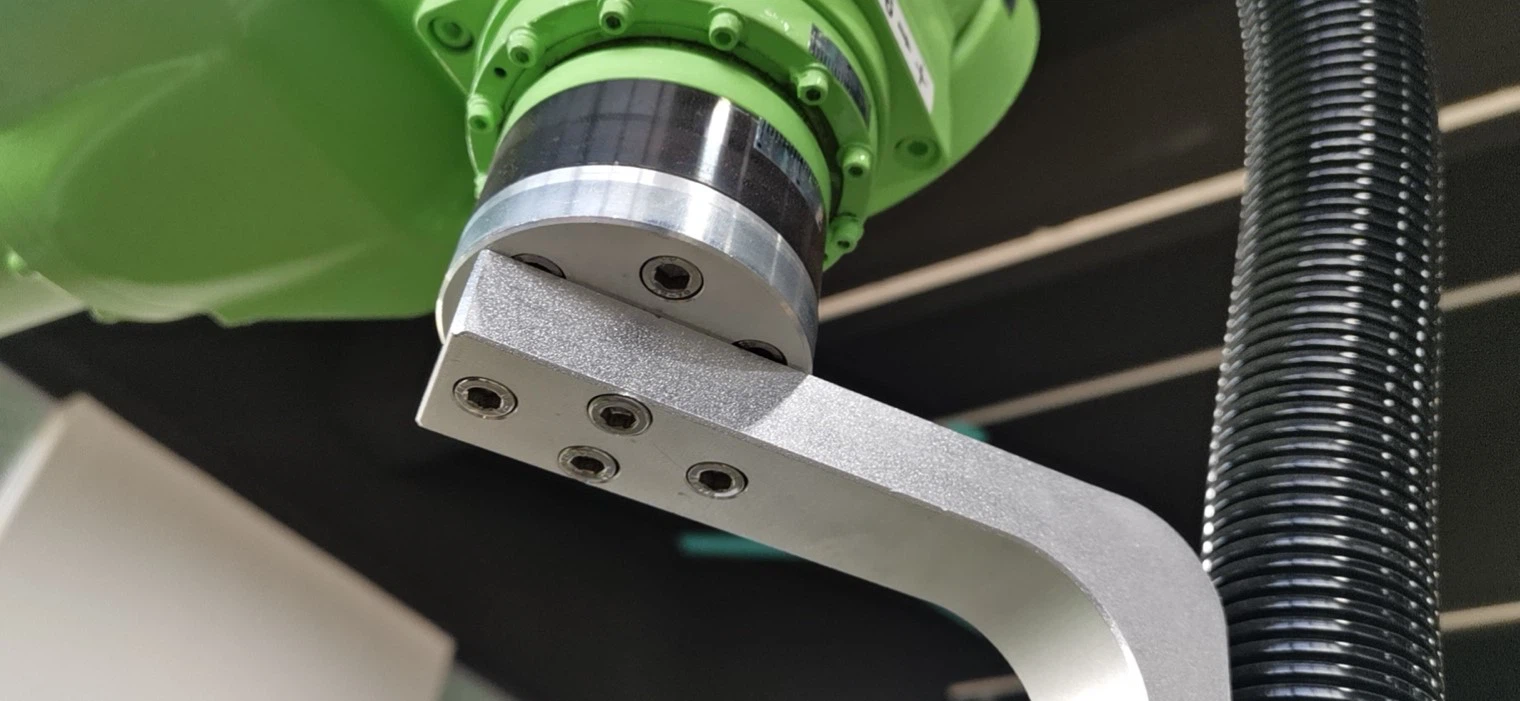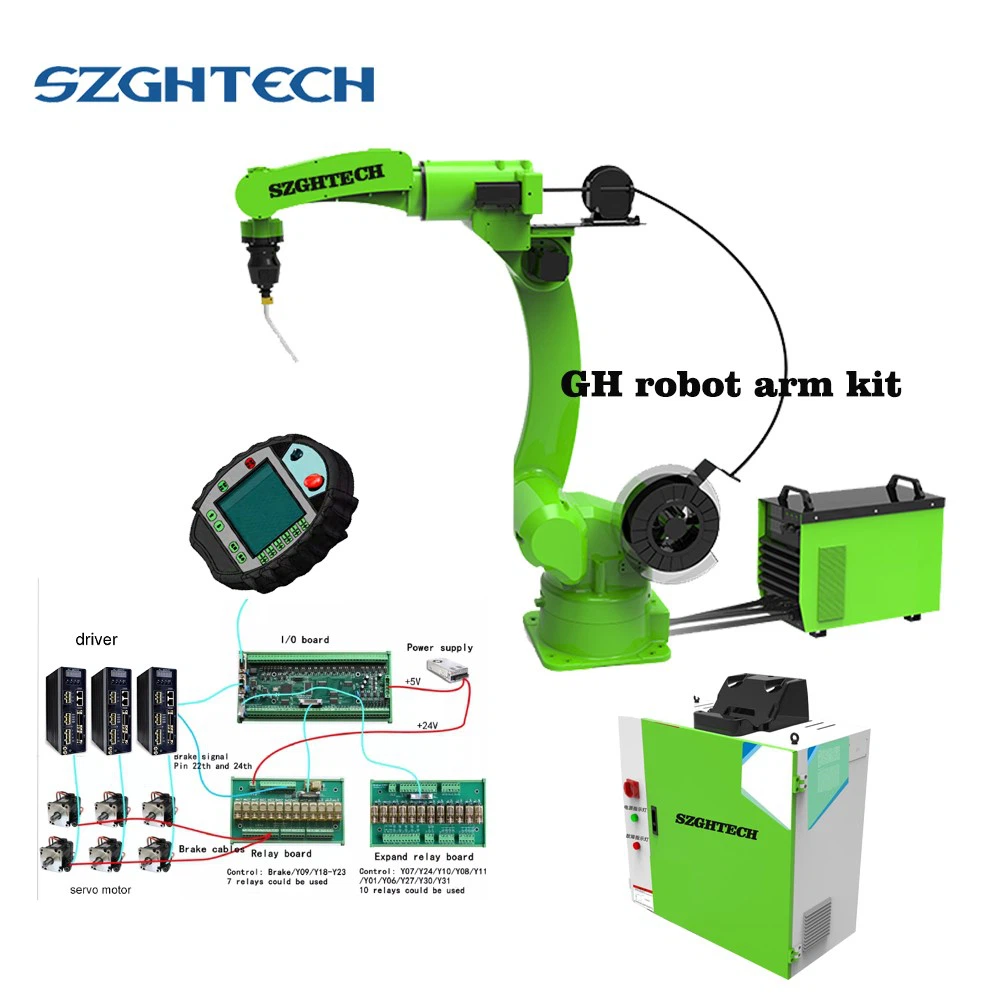Robotic arms play a crucial role in production automation by performing a wide range of tasks with speed, precision, and consistency. Here are some key roles that robotic arms fulfill in production automation:
1. Pick and Place: Robotic arms excel at picking up objects from one location and placing them in another. They can handle a variety of shapes, sizes, and weights, making them ideal for repetitive and precise picking and placing tasks in assembly lines or warehouses.
2. Assembly: Robotic arms can perform intricate assembly tasks by manipulating components and joining them together. They can execute complex motions, such as screwing, welding, gluing, or soldering, with high accuracy and repeatability, reducing human error and increasing efficiency.
3. Packaging: Robotic arms are widely used in packaging applications, such as sorting, packing, and palletizing. They can handle products of different shapes and sizes, arrange them in desired configurations, and stack them efficiently for shipping and storage.
4. Material Handling: Robotic arms are employed for material handling tasks, including loading and unloading materials onto machines or conveyors, transferring products between different stages of the production process, and managing inventory in warehouses.
5. Machine Tending: Robotic arms can tend to machines by feeding them with raw materials, removing finished products, and performing maintenance tasks. This frees up human operators from repetitive and potentially hazardous tasks while ensuring continuous operation and maximizing machine utilization.
6. Quality Control: Robotic arms equipped with vision systems can inspect and sort products based on predefined quality criteria. They can detect defects, measure dimensions, and ensure that products meet quality standards, contributing to improved product consistency and reducing the need for manual inspection.
7. Hazardous Environments: Robotic arms are deployed in environments that are dangerous or challenging for humans. For instance, they can handle toxic substances, work in extreme temperatures, or operate in confined spaces, protecting human workers from potential harm.
8. Flexibility and Adaptability: Robotic arms can be programmed and reprogrammed quickly to adapt to changing production requirements. This flexibility allows manufacturers to introduce new products, modify processes, and improve productivity without significant reconfiguration or downtime.
By integrating robotic arms into production automation, companies can achieve increased productivity, improved product quality, reduced labor costs, enhanced workplace safety, and greater operational efficiency. Robotic arms have become a vital component in transforming manufacturing processes and enabling the advancement of Industry 4.0 concepts.
 |
 |

